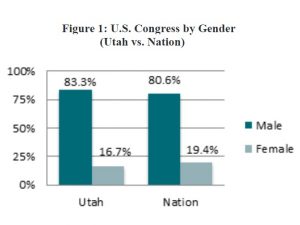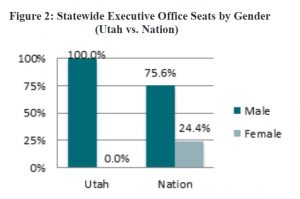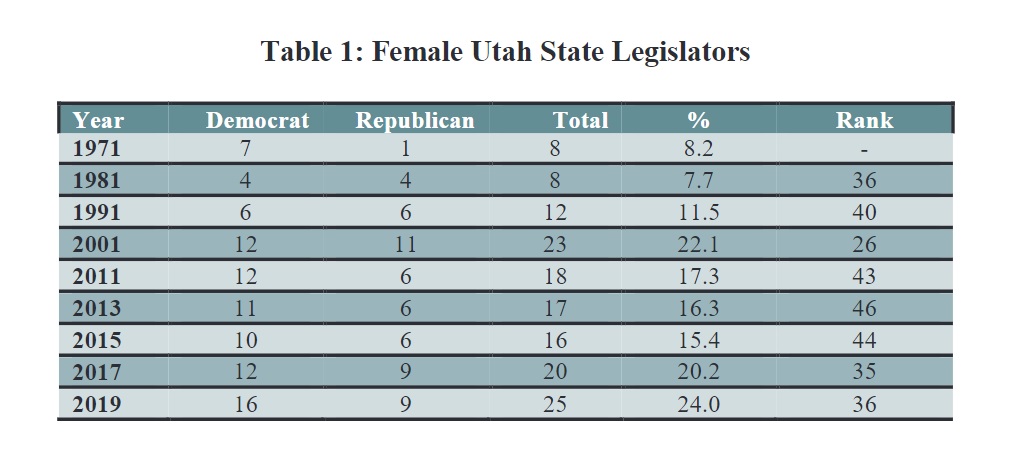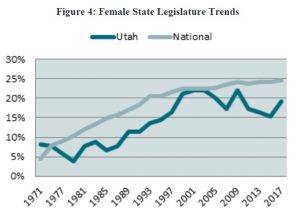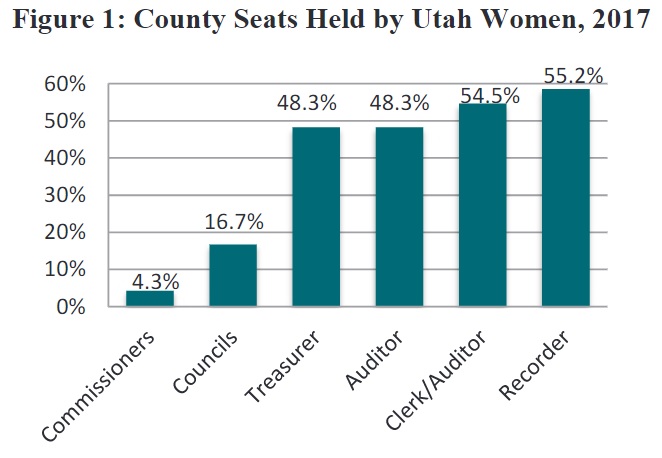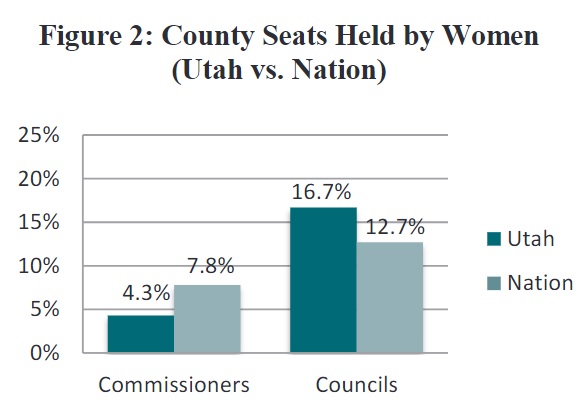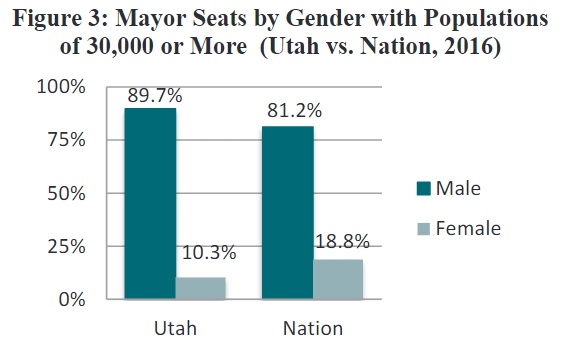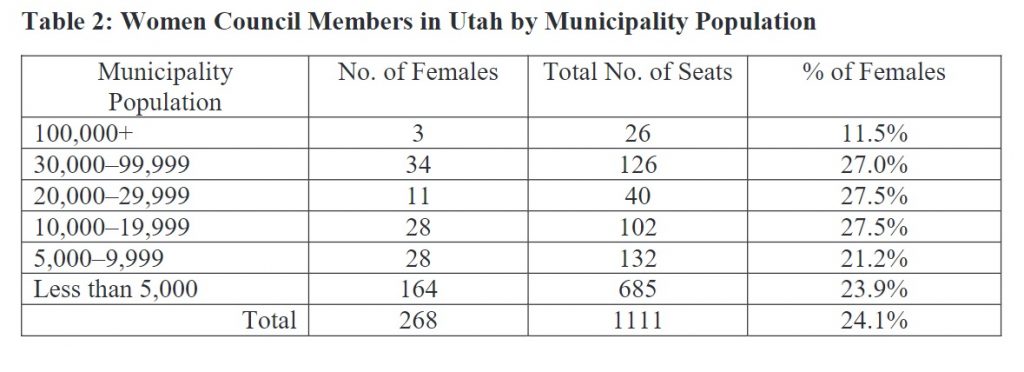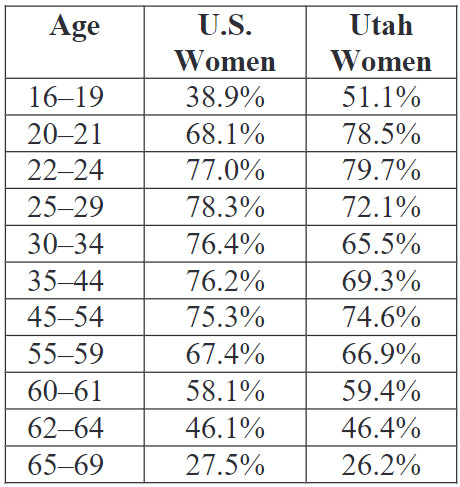Background
By the end of 2015, there were 21.3 million refugees worldwide (UNHCR, 2016), with around 50 percent women and girls (UNHCR, 2017b). Since the Federal Refugee Act of 1980, more than two million refugees have arrived in the US; this is almost two-thirds of the three million refugees who have been resettled in high-income countries (Amnesty-International, 2015; IBIS-PH, 2015). Utah hosts a relatively small number of refugees: in 2014, Utah received 1,085 of 69,986, or 1.55% refugees arriving in the US (USDHHS, 2015). Between 1998 and 2014, 16,273 refugees from different regions of the world have resettled in Utah, with an average of 1,183 persons per year during 2012-2014 (IBIS-PH, 2015).
According to the UN definition, refugees have been forced to flee their country of birth “because of persecution, war or violence.” Furthermore, refugees have “a well-founded fear of persecution for reasons of race, religion, nationality, political opinion or membership in a particular social group” (UNHCR, 2017a). The ethnicity of refugees arriving Utah is dependent on world and/or regional turbulence and varies over time. Thus, periodic adjustment of health policies for the mandatory health screening programs and further follow-ups within the first two years of arrival, based on refugees’ land of origin and interim location(s), seems beneficial.
Currently, the number of refugees from Africa and the Near East (including North Africa and Middle East) is increasing, while the number of refugees from South, Central and East Asia, and the Pacific is decreasing. Since 2007, hardly any refugees from Europe, Eurasia or Latin America have arrived in Utah (Graph 1) (IBIS-PH, 2015). While the latter groups might have more cultural similarity with the US host community, currently arriving refugees often have cultural values that are in sharp contrast with local culture.
For example, despite achieved progress towards women’s empowerment and gender equality in recent years, there are still failures in addressing gender-based disparities that may limit female refugees’ access to health care (UN, 2017), particularly in regions with war conflicts. Female refugees’ exposure to discrimination and violence during pre-migration and migration often requires immediate attention, upon resettlement, to their physical, mental, and emotional health. This, in turn, may affect a variety of other domains related both to health and successful resettlement (Frost et al., 2013).
Currently, refugee resettlement in the US includes overseas screening administered by the International Organization for Migration (IOM) – typically days to weeks prior to departure – and domestic medical screening overseen by receiving agencies and/or state and local health departments within 30-90 days post-arrival. Communicable diseases of public health significance, such as malaria and intestinal parasites and their presumptive treatments pre-departure, and tuberculosis during the initial health screening in the US are the main concerns (CDC, 2013).
Additionally, in the domestic health screening, refugees are assessed for hearing and visual acuity, and chronic conditions such as diabetes or hypertension (IBIS-PH, 2015), for which referral for care is provided if needed. In the long term, refugees’ impaired health conditions may affect their quality of life and impose a heavy burden on public resources. In Utah, refugees are eligible to apply for Medicaid for a period of eight months (UDOH, 2017). Then, they may continue their Medicare coverage (for certain conditions), or they may have to move to some other source for healthcare coverage. Most of the currently available epidemiological assessments have mainly concentrated on the infectious diseases and mental health issues of resettled refugees. In this cross-sectional study, we assessed the prevalence of referral for non-communicable health conditions of adult female refugees who arrived in Utah between 2012 and 2015. The primary study purpose was to understand how to better concentrate future efforts on adult female refugees’ health.
Methods
To assess the prevalence of non-communicable diseases among adult female refugees, we used the domestic health screening conducted upon arrival in Utah, obtained from the Utah Department of Health (UDOH). This dataset originally included 2,213 female refugees, irrespective of age, who arrived in Utah between 1/1/2012 and 12/31/2015. After excluding 1,006 female refugees age 18 or younger and 172 adult refugees without a medical referral, the final dataset included 1,035 (83.68% of adult female refugees), who at the initial domestic medical screening in Utah were referred for at least one medical condition.
The original dataset included 66 variables indicating a health condition these variables can be divided into 6 subgroups: 1) body systems, such as gastrointestinal; 2) medical specialties, such as cardiology; 3) subjective symptoms based on women’s self-reports, such as dysmenorrhea; 4) laboratory findings, such as eosinophilia; 5) clinical signs, such as murmur; and 6) diagnosis, such as arthritis. As the purpose of this data snapshot was to assess the frequency of referrals for individual non-communicable diseases, as well as identify variation in referrals by ethnicity, we took steps to avoid duplicative counts – if any of the referrals was related to a particular body system, we count-ed only one referral for that system. For example, if the data indicated that the woman was referred to ophthalmology for a corneal cavity or vision issue or other ophthalmology issue, we counted it as one referral, even if the three variables were identified. There were 112 women with referrals described as a comment rather than in a coded data field. These comments were coded into the six subgroups described above, and are briefly discussed further in this report.
Results
Table 1 summarizes the limited available demographic information and the refugees’ medical referrals. According to this table, 83.56% of the final adult study population with at least one medical referral were in their reproductive ages (18-49 years). The mean age of adult women with a referral was 36.2 years (STD 13.2 years). These women were from diverse backgrounds, representing 40 different countries or ethnicities, and almost 60 percent were from three countries: Iraq (n=270, 26.8%), Somalia (n=181, 18.0%), and Bhutan (n=150, 14.9%).

Based on the coding methods described above, the five highest referrals were related to mental health (53.4%), vision (26.1%), musculoskeletal (23.6%), gastrointestinal (21.7%), and obstetrics/gynecology issues (20.3%). Adding medical conditions coded from the comment section of the records of 112 women changed the percentages slightly but did not substantially alter the percentage or relative position of the referral categories. Although referral for primary care services was not among the variables in the database, our coding of the comment section identified that 57 women (5.64% of all women with at least one referral, and 50.9% of women with a comment on the screening form) were referred for preventive care. According to the data comment section, due to the stigma attached to the mental health issues in some cultures, some women declined further mental screening.
Graph 2 summarizes the number of referrals per participant by country of origin/ethnicity as reported on the screening form. The average number of referrals for the entire population was 2.8 (STD: 1.7), with a minimum of one and a maximum of 10 referrals.
Graph 2: Distribution of average number of referrals by country of origin is sorted by sub-population size, with the larger box sizes representing larger sub-populations – these have been sorted in descending order, exclusive of the last category, which combines 31 countries/ethnicities with smaller numbers of refugees per country/ethnicity. Overall, summary numbers are provided at the top of the graph. Country/ethnicity-specific mean (diamonds), median (horizontal bar within each box), and minimum and maximum referrals (numbers below the boxes) are also provided. Utah, 2012-2015
Discussion
More than half of the female adult refugees (53.4%) arriving in Utah between 2012 and 2015 had a referral for mental health at initial domes-tic screening. Irrespective of mental health condition, 104 women (10.3% of total study population) were victims of torture and violence, and 96 women (9.5% of total study population) suffered depression, which is lower than the prevalence of female adult depression in the US (16.8%-18.1%) and Utah (20.7%-21.7%) between 2012-2015 (IBIS-PH, 2016).
When considering a holistic approach with multiple domains of health (Frost et al., 2013), it becomes apparent that in addition to the physical, mental, and emotional disorders relating to pre-migration and migration hardships, post-migration resettlement in Utah – or any other developed host community – exposes refugees to new cultures, systems, religions, and technologies. These may adversely affect refugees’ spiritual and social domains of health. Language barriers and discounting refugees’ employment qualifications and experience, due to their different educational and training systems and labor market, may affect refugees’ intellectual and financial domains of health, which in turn, can negatively affect their mental and physical health. Any intervention to bridge refugees’ disrupted sociocultural connection, and to improve their intellectual and financial health, can positively influence all their domains of health.
With regard to physical health, referral data lacked information on referral for screening tests, such as mammography or Pap smear, which are needed for early diagnosis and treatment of breast and cervical cancer, two of the most prevalent cancers affecting women (WHO, 2017). According to our analysis, only 57 female refugees (5.64% of study population, but nearly 51% of women with a comment on the domestic screening form) were referred for primary care. Therefore, it is very likely that the domestic screening form does not adequately capture referrals to establish primary care.
However, the dataset lacks information on the referral centers; and number of referrals for preventive care may be more than what is stated here. Not only can establishing primary care be beneficial to the young female refugees who will spend the majority of their life in their new community; but also, from a public health point of view, this introduces a cost-effective method for spending public resources.
While the most common immediate referral for refugee women in Utah is for mental health services, consideration of the demographic characteristics of adult female refugees in Utah suggests that emphasis should also be placed on reproductive health, family planning, maternal health, and workshops or trainings on adopting healthy lifestyles. Promoting a healthy lifestyle, such as physical activity and healthy eating, can positively affect all domains of health, including physical and mental health. Among the most common physical health referral categories from our study were musculoskeletal (low back pain, arthritis, musculoskeletal pain), and gastrointestinal (constipation and diarrhea) complaints, all of which can be positively impacted by adopting a healthy lifestyle. Further, empowering women through improving their intellectual, social and financial health can have a positive impact on the mental and physical health of refugee women.
Acknowledgments
We would like to thank the Refugee Health Program at the Utah Department of Health for sharing dataset information.
References
- Amnesty-International. (2015). Global Refugee Crisis – by the numbers. Retrieved from https://www.amnesty.org/en/latest/news/2015/10/global-refugee-crisis-by-the-numbers/
- CDC. (2013). Refugee health guidelines: Guidelines for pre-departure and post-arrival medical screening and treatment of U.S.-bound refugees. Retrieved from https://www.cdc.gov/immigrantrefugeehealth/guidelines/refugee-guidelines.html
- Frost, C. J., Murphy, P. A., Shaw, J. M., Jones, K. P., Varner, M., Mihalopoulus, N., . . . Digre, K. B. (2013). Refram- ing the view of women’s health in the United States: Ideas from a multidisciplinary national center of excellence in women’s health demonstration project
- Clinics Mother Child Health, 11(1), 1-3. doi:10.4172/2090-7214.1000156
- IBIS-PH. (2015). Complete Health Indicator Report of Refugee Arrivals. Retrieved from https://ibis.health.utah.gov/indicator/complete_profile/RefArr.html
- IBIS-PH. (2016). Health Indicator Report of Depression: Adult Prevalence. Retrieved from https://ibis.health.utah.gov/indicator/view/Dep.UT_US.html
- UDOH. (2017). Refugee Medicaid. Retrieved from https://medicaid.utah.gov/refugee-medicaid
- UN. (2017). Goal 5: Achieve gender equality and empower all women and girls. https://www.un.org/sustainabledevelopment/gender-equality/
- UNHCR. (2016). With 1 human in every 113 affected, forced displacement hits record high. Retrieved from http://www.unhcr.org/news/press/2016/6/5763ace54/1-human-113-affected-forced-displacement-hits-record-high.html.
- UNHCR. (2017a). Who is a refugee? Retrieved from http://www.unrefugees.org/what-is-a-refugee/
- UNHCR. (2017b). Women. Retrieved from http://www.unhcr.org/en-us/women.html
- USDHHS. (2015). Fiscal Year 2014 Refugee Arrivals. Retrieved from https://www.acf.hhs.gov/orr/resource/fiscal-year-2014-refugee-arrivals
- WHO. (2017). Promoting health through the life-course : Ten top issues for women’s health. Retrieved from http://www.who.int/life-course/news/commentaries/2015-intl-womens-day/en/
Citation
Najmabadi S, Gren LH, & Frost CJ. (2019). Secondary Data Analysis of Non-Communicable Diseases Among Adult Female Refugees Arriving in Utah Between 01/01/2012 and 12/31/2015. Utah Women’s Health Review. doi: 10.26054/0K4DRRS478.




